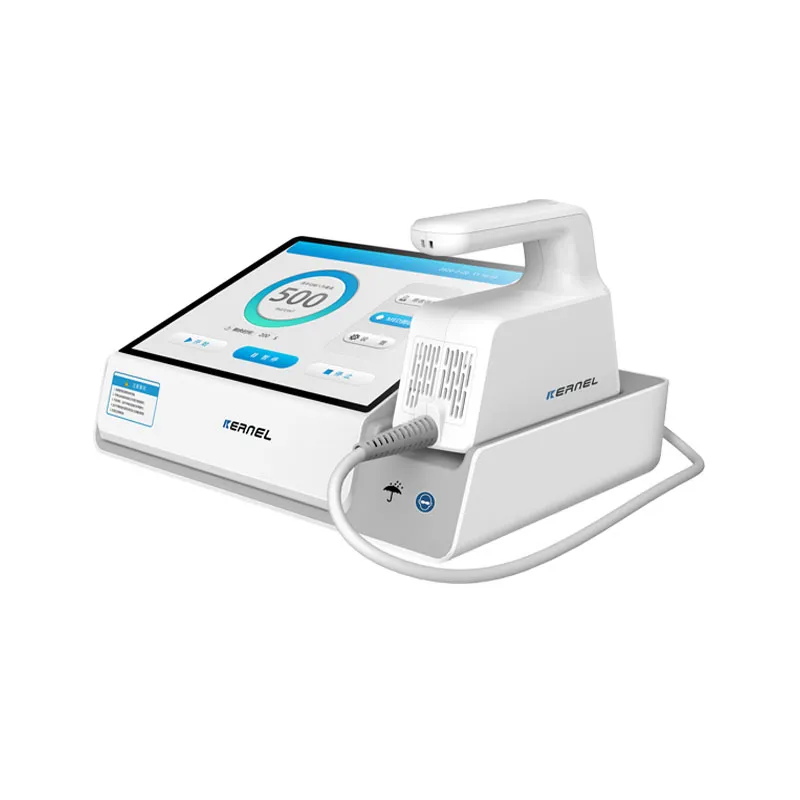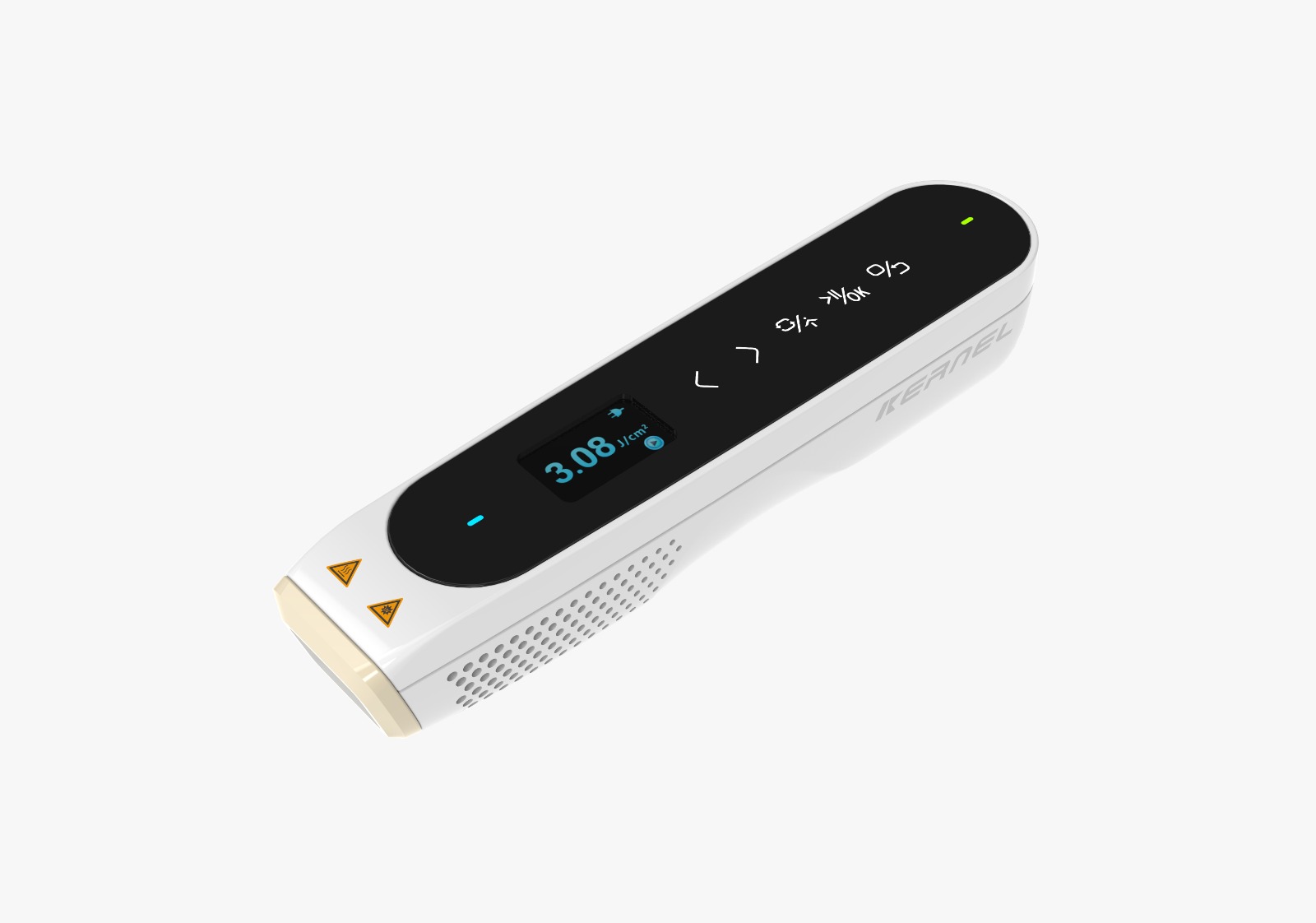Published on February 22, 2024
Narrow-Band UVB for the Treatment of Chronic Urticaria
Khafagy and associates (2013) compared the effectiveness of PUVA versus NB-UVB in the treatment of chronic urticaria (CU). A total of 24 patients with CU were included and divided into 2 groups: 12 patients subjected to PUVA and 12 subjected to NB-UVB.
12 patients subjected to PUVA and 12 subjected to NB-UVB.
They were compared according to the urticaria Total Severity Score (TSS) before and after treatment, cumulative dose, and adverse events (AEs). There was a statistically significant decrease in urticaria TSS in both the NB-UVB- and PUVA-treated groups after than before treatment (p < 0.05), with no significant difference between both groups regarding the percentage of improved patients and the mean decrease of urticaria TSS (p > 0.05). Gastro-intestinal upset was reported at a significantly higher percentage in the PUVA-treated group than in the NB-UVB-treated group. The authors concluded that both NB-UVB and PUVA showed comparable effectiveness in the treatment of CU with minimal reversible AEs.
In a randomized, prospective, observer-blinded comparative study, Bishnoi and colleagues (2017) compared the effectiveness of PUVA and NB-UVB in steroid-dependent anti-histamine-refractory CU. A total of 50 patients with steroid-dependent CRU (6 months of spontaneous urticaria with no response after 3 consecutive months of antihistamines and steroid dependence) were administered either PUVA (group A) or NB-UVB (group B) for 90 days, with a post-treatment follow-up of 90 days. Treatment effectiveness was assessed using the average urticaria activity score 7 (aUAS7) and outcome scoring scale (OSS) every 2 weeks. The mean values of aUAS7 progressively decreased from 4.9 ± 0.8 and 5.0 ± 0.7 at baseline to 1.9 ± 0.7 and 1.4 ± 0.7 in groups A and B, respectively, by day 90. This further decreased to 1.5 ± 0.8 and 1.4 ± 1.0 at day 180 in both groups. The values of OSS progressively increased from baseline (1.6 ± 0.5 in group A and 1.3 ± 0.5 in group B) to 3.9 ± 0.3 and 4.0 ± 0.3 in groups A and B, respectively, by day 90, and 3.9 ± 0.5 and 4.0 ± 0.6 by day 180. NB-UVB fared statistically better than PUVA at different time-points; AEs encountered were minimal and did not warrant treatment discontinuation. The authors concluded that phototherapy, especially NB-UVB, is a safe and effective therapeutic modality for steroid-dependent CU and should be tried prior to 3rd-line treatment options (e.g., cyclosporine and omalizumab).
References
- https://www.aetna.com/cpb/medical/data/200_299/0205.html
- Khafagy NH, Salem SA, Ghaly EG. Comparative study of systemic psoralen and ultraviolet A and narrowband ultraviolet B in treatment of chronic urticaria. Photodermatol Photoimmunol Photomed. 2013;29(1):12-17.











